NVIDIA GeForce GTX 660 Video Card Review w/ MSI and EVGA
NVIDIA Brings Kepler To The Sweet Spot
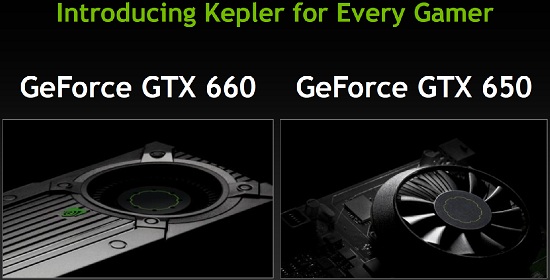
Last month NVIDIA launched the GeForce GTX 660 Ti video card series and showed they they had what it took to compete at the $300 price point. NVIDIA has some space to fill in the product lineup between the $100 and $300 price points, so today they are launching two new video cards, the GTX 660 and GTX 650. These cards are priced at the gamers sweet spot and NVIDIA wants these to be the video card that you must have for the holiday shopping season. The pricing on the new cards isn’t bad, with the NVIDIA GeForce GTX 660 starting at $229 and the GeForce GTX 650 at $109. NVIDIA told LR that 90% of discrete graphics cards that are sold cost under $299, so this is a critical price point as you can imagine and one that both AMD and NVIDIA desperately want to control.
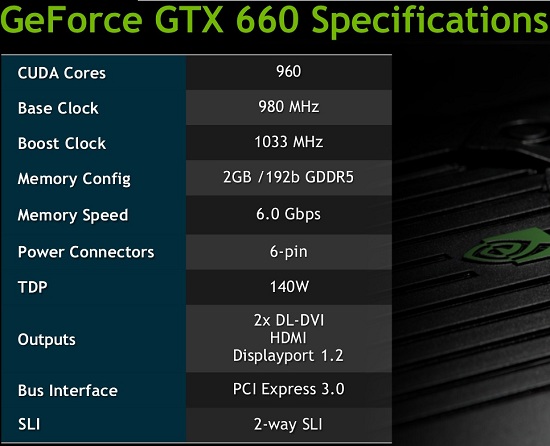
The NVIDIA GeForce GTX 660 has a clock speed of 980MHz on the core that is able to boost to 1033MHz and the 2048MB of GDDR5 memory runs at 1502MHz (6008MHz effective). The card features five SMX units, providing 960 CUDA Cores for pixel/vertex/geometry shading/PhysX calculations and 80 texture units. In addition to its five SMX units and GPU Boost, the GeForce GTX 660 also ships with three 64-bit memory controllers (192-bit bus), 384K L2 cache, and 24 ROP units. These SMX units are distributed across three Graphics Processing Clusters (GPCs). Under load, the GeForce GTX 660 typically draws 115W of power in most non-TDP apps. This is what youll experience with the power target slider set at its default 100% setting. If you wish to overclock the GeForce GTX 660, NVIDIA suggests that you max the slider out at +110% and in this setting, the GTX 660 will draw around 127W in non-TDP apps.
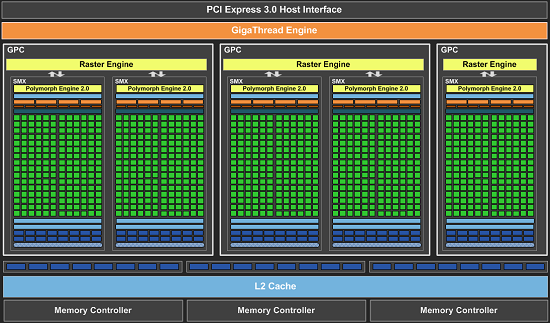
If you follow te GPU industry closely, you’ll be happy to know that NVIDIA made fresh silicon for the GeForce GTX 660 series, so these cards will all be running the GK106 ‘Kepler’ GPU core pictured above. This new die is smaller than the GK104, so NVIDIA and TSMC can produce more GPU’s per wafer, which helps to reduce costs. NVIDIA told us that thie GK106 die is 214 sq mm^2 and has 2.54 Billion transistors.
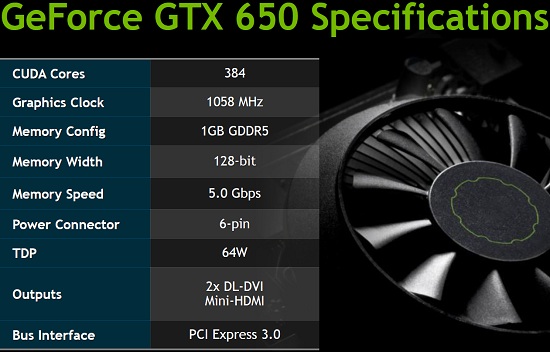
Next up we have the NVIDIA GeForce GTX 650. This card is based on the GK107 GPU, which is the Kepler core that is also used on the GT 630 and GT 640 video cards. The GeForce GTX 650 has the same 384 CUDA Cores as the GT 640, but they are running at 1058MHz instead of 875MHz. The higher clock speeds mean that more power is being used though, so the GeForce GTX 650 has TDP of 64 watts versus 50 watts on the GT 640. The NVIDIA GeForce GTX 650 has up to 2GB of 5GHz GDDR5 memory, which is also the same as some of the GeForce GTX 640 models. NVIDIA says that the GeForce GTX 650 has enough power to play the latest DX11 games at 1080p HD resolution, but did not want to sample any for this launch. Since this card looks pretty much like a GeForce GT 640 with higher clock speeds we can understand why.
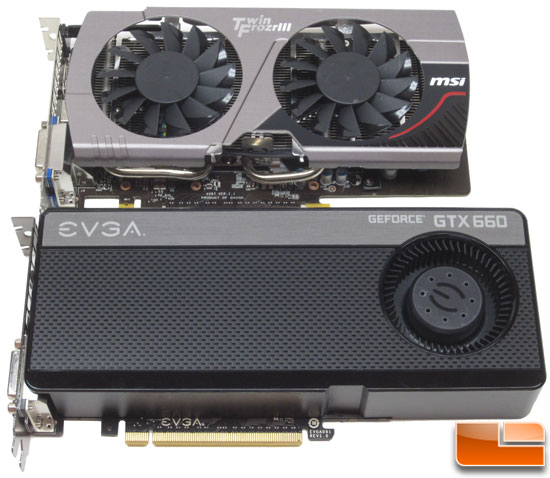
NVIDIA did not send us any GeForce GTX 660 or GeForce GTX 650 video cards this time around, but our friends over at MSI and EVGA were able to send over a version of their respective cards for us to take a closer look at. AS you can see from the image above, the EVGA GeForce GTX 660 is based off the NVIDIA reference design and the MSI GeForce GTX 660 looks like it is running a custom PCB and GPU cooler.
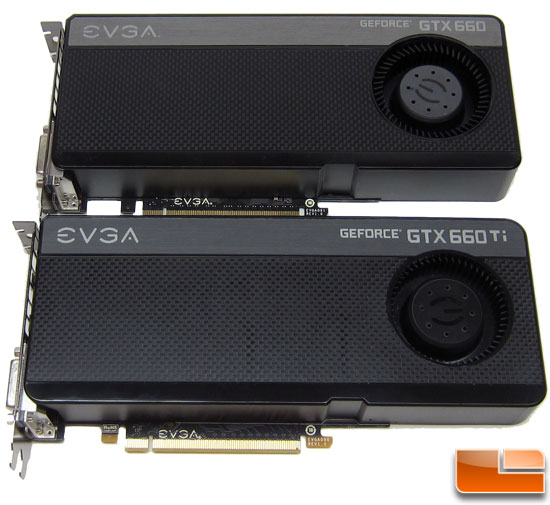
When we first got our hands on the EVGA GeForce GTX 660 it looked like a GeForce GTX 660 Ti with a different sticker and indeed at first glance that looks to be the case. Upon closer inspection we noticed that the EVGA PCB number on the bottom edge of each card is different.
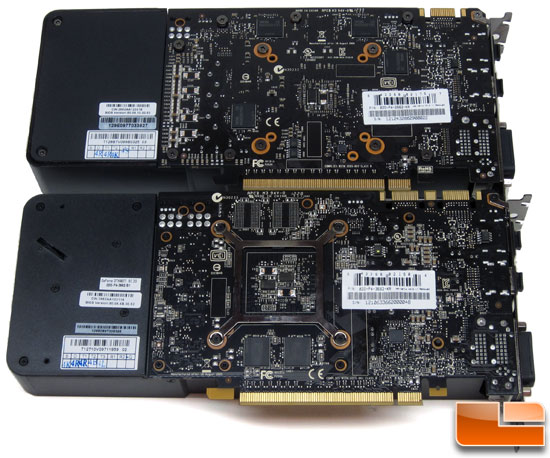
When you flip the cards over that you can easily see that the PCB and even the plastic housing for the fan is different. Let’s take a closer look at each of the GeForce GTX 660 cards that we will be reviewing today and get straight to the gaming benchmarks!

Comments are closed.